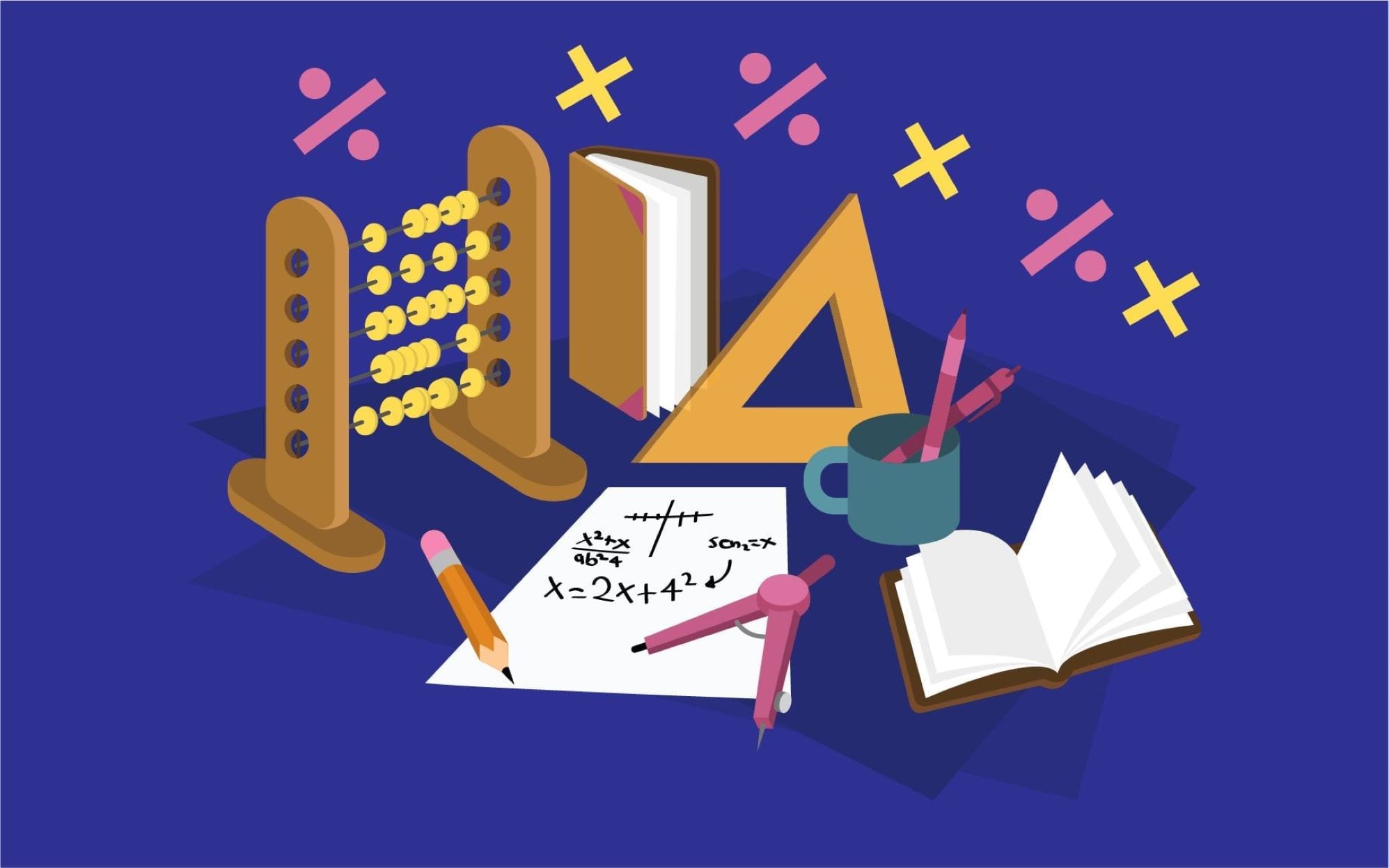
Mathematics is a fundamental subject that plays a crucial role in our daily lives. Whether we realize it or not, math is everywhere around us, from calculating our expenses to understanding patterns in nature. One of the fundamental skills in math is multiplication and division, as it forms the building blocks for more advanced mathematical concepts. The ability to quickly and accurately multiply and divide numbers is not only essential for solving complex equations but also for practical applications in everyday life.
For educators and parents, finding engaging and effective resources to teach multiplication and division can be a challenge. That’s where math facts worksheets come in handy. These worksheets provide a comprehensive and structured way for students to practice and master multiplication and division facts. In this article, we will explore 18 math facts worksheets that are specifically designed to improve students’ multiplication and division skills. These worksheets are not only educational but also fun, making the learning process enjoyable and engaging for students of all ages.
Key Takeaways:
- Multiplication is like combining groups, while division is like sharing equally. They are opposite operations and are used in real-life situations to solve problems and make sense of the world.
- Multiplication can be thought of as finding the total area of a rectangle, while division can be represented as finding the missing number in a multiplication equation. Both operations play a crucial role in solving word problems and are helpful tools for everyday life.
Multiplication is the process of repeated addition.
In multiplication, you are combining equal groups to find the total quantity. For example, 3 groups of 4 is equal to 3 times 4, which gives us a total of 12.
Division is the process of sharing or separating items equally.
Division helps us split a quantity into equal parts. For instance, if you have 12 cookies and want to divide them equally among 3 friends, each friend will get 4 cookies.
Multiplication and division are inverse operations.
This means that they “undo” each other. If you have the equation 4 times 3 equals 12, you can reverse it by dividing 12 by 3 to get the original number 4.
Multiplying by 0 results in 0.
Any number multiplied by 0 equals This is because if you have zero groups or zero items in each group, the total will always be zero.
Dividing by 1 gives you the same number.
When you divide a number by 1, the result is always the original number. For example, if you divide 10 by 1, you will still have 10.
Multiplication and division are commutative.
This means that changing the order of the numbers being multiplied or divided does not change the result. For instance, 3 times 4 is the same as 4 times 3.
Division can result in a remainder.
If the quantity being divided cannot be evenly distributed among the groups, there will be a remainder. For example, if you have 10 apples and want to divide them equally among 3 friends, each friend will get 3 apples with a remainder of 1.
The multiplication of any number by 1 is the number itself.
When you multiply a number by 1, the result is always the original number. For instance, if you multiply 7 by 1, you will still have 7.
Division by 0 is undefined.
You cannot divide any number by It is mathematically undefined because there is no way to split a quantity into zero parts.
The order of operations in math is important in multiplication and division.
Using the acronym PEMDAS (Parentheses, Exponents, Multiplication and Division from left to right, Addition and Subtraction from left to right) can help you remember the correct order to solve math problems.
Multiplication can be represented as repeated jumps on a number line.
When multiplying, you can think of it as taking repeated jumps of the same size on a number line. For example, if you take 3 jumps of size 4, you will end up at 12.
Division can be represented as sharing objects equally.
When dividing, you can imagine sharing a group of objects equally among different people. For instance, if you have 12 candies and want to divide them equally among 4 friends, each friend will get 3 candies.
Multiplication and division are used in real-life situations.
These operations are essential in everyday life, from calculating grocery bills to determining the time needed to complete a task. They help us solve problems and make sense of the world around us.
Multiplication can be thought of as finding the area of a rectangle.
If you have a rectangle with one side measuring 4 units and the other side measuring 3 units, the total area of the rectangle is found by multiplying 4 and 3, giving us a result of 12 square units.
Dividing fractions involves multiplying by the reciprocal.
In division involving fractions, you multiply by the reciprocal of the divisor. For example, when dividing by ¼, you multiply by 4.
Multiplication and division play a crucial role in solving word problems.
Many real-life problems can be solved using multiplication or division, such as calculating distances, determining prices, or sharing items equally among friends.
The multiplication table is a helpful tool for memorizing multiplication facts.
Learning and memorizing the multiplication table can greatly enhance your speed and accuracy in multiplication problems.
Division can be represented as finding the missing number in a multiplication equation.
When given a multiplication equation, you can use division to find the missing number. For example, in the equation 4 times ? equals 12, you can divide 12 by 4 to find that the missing number is 3.
Conclusion
Math facts worksheets for multiplication and division are a valuable resource for students to practice and improve their mathematical skills. These worksheets provide a structured and organized approach to learning multiplication and division facts, helping students develop fluency and problem-solving abilities.
By engaging in regular practice with these worksheets, students can enhance their ability to quickly recall multiplication and division facts, which is essential for more advanced mathematical concepts. These worksheets also promote critical thinking and logical reasoning skills, allowing students to apply their knowledge in real-life scenarios.
Furthermore, math facts worksheets can be customized to suit the individual needs of students at various skill levels. Whether it’s basic multiplication and division facts or more complex problems, these worksheets offer a range of exercises to cater to different learning styles and abilities.
Incorporating math facts worksheets into regular study routines can greatly benefit students by boosting their confidence, improving their math proficiency, and setting a solid foundation for future mathematical learning.
FAQs
Q: How can math facts worksheets help improve multiplication and division skills?
A: Math facts worksheets provide focused practice on multiplication and division facts, helping students develop fluency and speed in performing these operations. Regular practice with these worksheets enhances problem-solving abilities and boosts overall mathematical proficiency.
Q: Are math facts worksheets suitable for all grade levels?
A: Yes, math facts worksheets can be adapted to suit the needs of students at various grade levels. They can be customized to include basic multiplication and division facts for beginners or more complex problems for advanced learners.
Q: How frequently should students use math facts worksheets?
A: Regular practice is key when it comes to mastering multiplication and division facts. It is recommended for students to engage in math facts worksheets at least a few times a week to reinforce their understanding and improve their recall abilities.
Q: Are there online resources available for math facts worksheets?
A: Yes, there are numerous online platforms that offer free or paid math facts worksheets. These resources often provide a wide range of worksheets with varying difficulty levels, making it easy to find suitable exercises for different students.
Q: Can math facts worksheets be used in a classroom setting?
A: Absolutely! Math facts worksheets are often used in classrooms as supplementary materials. Teachers can incorporate them into lesson plans, homework assignments, or as extra practice during math lessons to reinforce students’ multiplication and division skills.
Was this page helpful?
Our commitment to delivering trustworthy and engaging content is at the heart of what we do. Each fact on our site is contributed by real users like you, bringing a wealth of diverse insights and information. To ensure the highest standards of accuracy and reliability, our dedicated editors meticulously review each submission. This process guarantees that the facts we share are not only fascinating but also credible. Trust in our commitment to quality and authenticity as you explore and learn with us.


